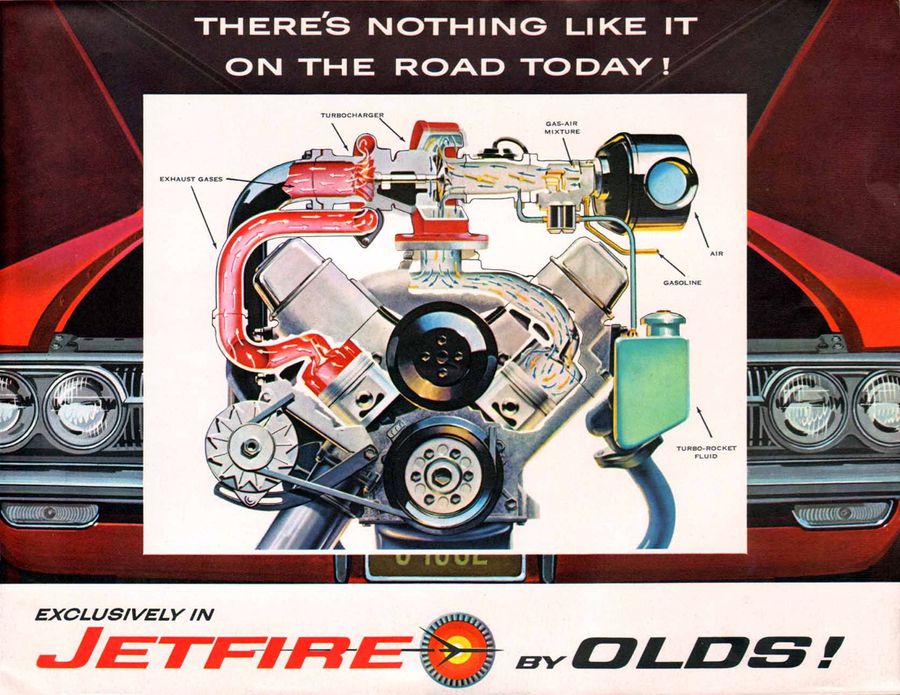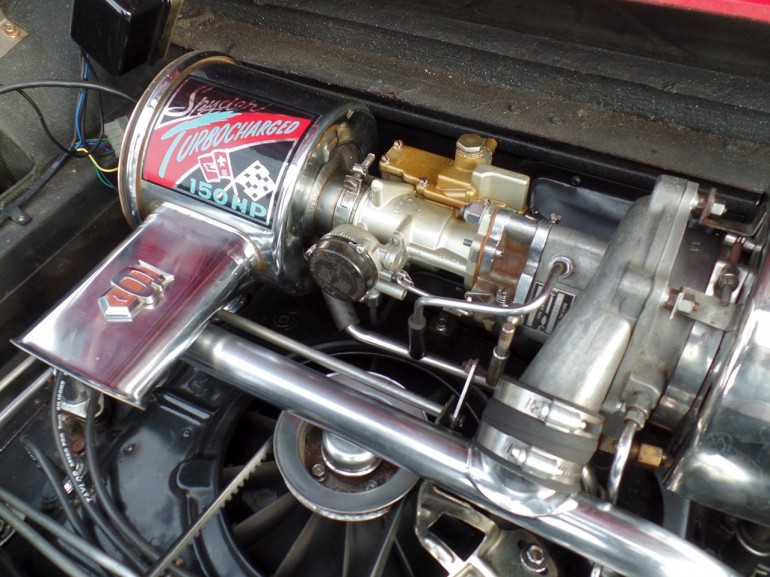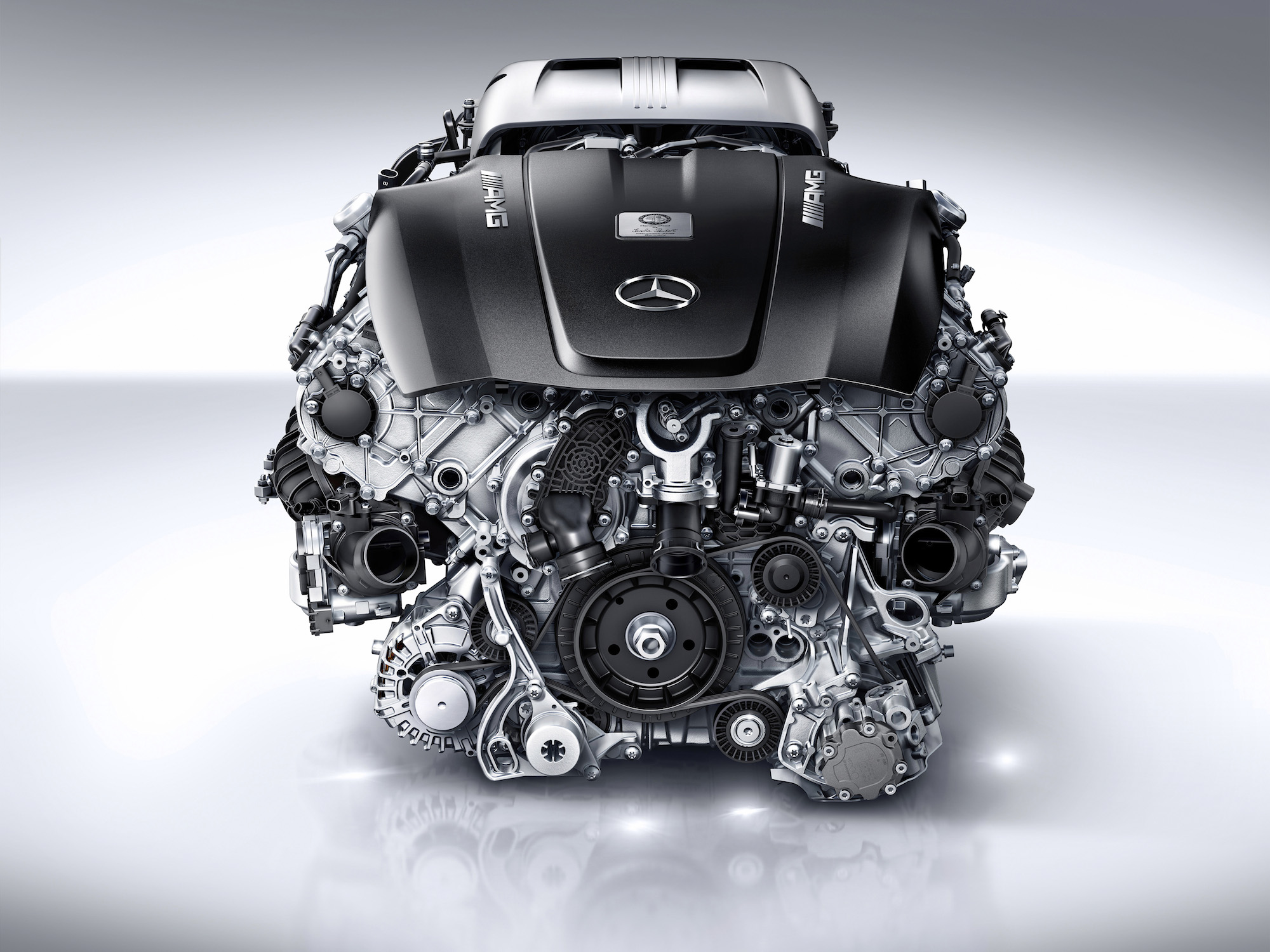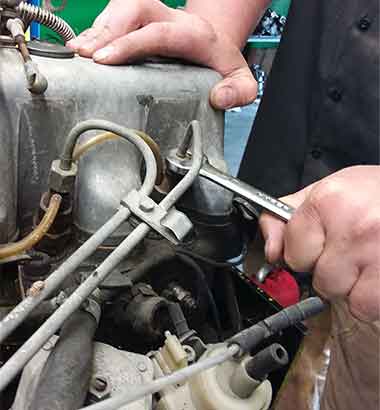Take A Deep Breath: Turbochargers
Posted by Cassy Leone on May 25th 2022
Take A Deep Breath: Turbochargers
by Cassy Leone
In most contexts, we only pay attention to something like a turbocharger when a car equipped with one is being very noisy about it. The quiet of a lovely night can be shattered by a twenty-something in a Supra deciding that the intersection by your house is the best place to do donuts at two in the morning. (I’m not bitter about that or anything!) However, it got me thinking, how exactly do turbochargers work? How long have they been around?

Let's take this one thing at a time, and learn exactly how they work because for all the hype around turbos, it is quite an easy system to understand. The exhaust from your engine is used to spin a turbine that is connected to a second turbine by a shaft. Once that gets spinning fast enough (referred to as “making boost”), your engine begins to take in more air. More air means more fuel can be mixed with it, which means you suddenly make a lot more power once it is ignited in the combustion chamber. This can also increase efficiency with one important thing to keep in mind. Slapping a turbo on an engine that didn’t have one before won’t see you suddenly spending less on gas. Instead, and what many automakers are choosing to do, is offer smaller engines with turbos as opposed to larger engines without. In many cases the smaller engines make more power than the larger NA (naturally aspirated or non turbo) models do. You can get the power of a V8 with the fuel efficiency of a V6, if it has a turbo.

Those of you that own turbodiesel W123 Mercedes are no doubt aware of this. You can get great fuel economy (something diesels are already known for), while making enough power to keep up with modern traffic. That’s something that not all forty year-old vehicles can lay claim to.

Given how common turbos are in Europe, one might expect that they were first introduced to vehicles there. However, they actually made the jump from airplanes (where they were first used) to cars in the same place Electronic Fuel Injection was first developed- the USA. Specifically, the first production car to make use of a turbocharger was the Oldsmobile Jetfire, which came to market in 1962. This novel system used a bolt-on kit with a Garret T05 turbocharger hooked up to a special side draft Rochester single barrel carburetor. Given there was no such thing as knock sensors back then, the only way to ensure this high performance engine didn’t blow up was to use something GM called Turbo Rocket Fluid. This was a bottle of water, methanol, and a rust inhibitor whose contents would be sucked into the intake to cool it as the boosted air and gas mixture was flung into the engine. While crude, this system did work and kept the engine from detonation. However, the bottle only lasted about two hundred and twenty five miles before needing to be replaced and many owners, unfamiliar with this new technology, would simply forget to do so. Once the bottle was empty the turbo would cease to function to spare the engine, meaning that forgetful owners would suddenly be left with a huge V8 being fed through a single barrel carb. Is it any wonder that the most common complaint with Jetfire owners is that they often felt down on power? This turbocharged curiosity from America’s biggest automaker lasted just a single year.

The next turbocharged car was yet another GM product and was also introduced in 1962, just two months after the Jetfire’s launch. The Corvair Monza Spyder was an aircooled, rear engined, two seat sports car that didn’t make as much power as the Jetfire, but thanks to its lower compression ratio and different style of turbo, it meant that one didn't need to worry about replacing any special bottle of fluid. It was, for all intents and purposes, the wider public’s first taste of this new technology. Having owned and driven daily a 1961 Corvair Monza, the non turbo version of this exact model, I can say it certainly could have done with some more power in the mid range when trying to get on a modern highway! Mercedes-Benz first used a turbo on the 300SD turbodiesel W116, in 1978. While the Naturally Aspirated OM617 engine can be called a great many things… fast is not among them. With the addition of a turbocharger, it finally meant that having a diesel in your Mercedes didn’t also mean accelerating with all the speed and grace of a brick carried on the back of a lethargic slug.

Turbos remain an essential piece of kit in modern combustion engines of any fuel type, as electric car prices come down and the number of charging stations go up. If you own a turbocharged Mercedes of any year, keep in mind just how long this technology has been in use, and how far it might have yet to go.

Be sure to check out our selection of used and rebuilt turbochargers for Mercedes diesel engines here.


